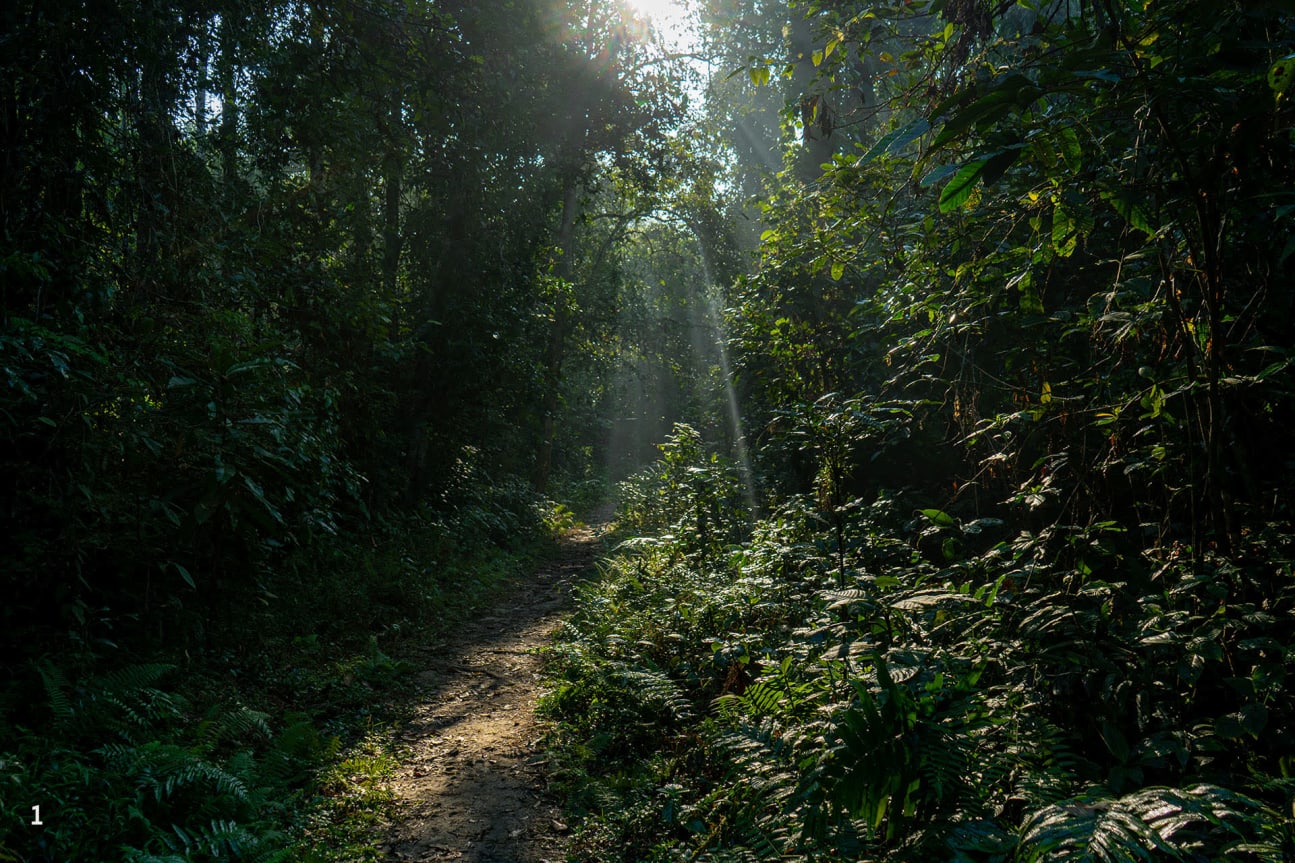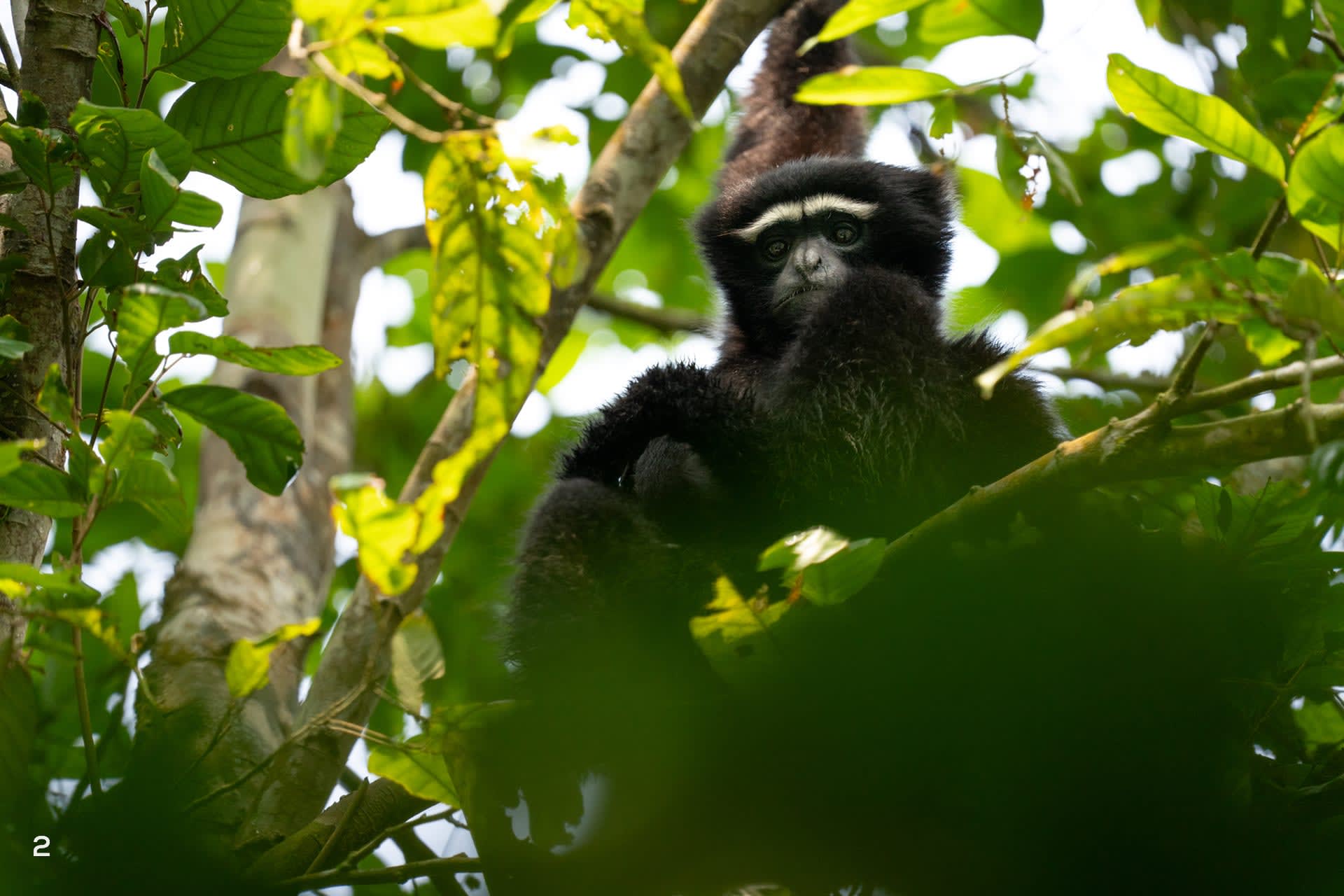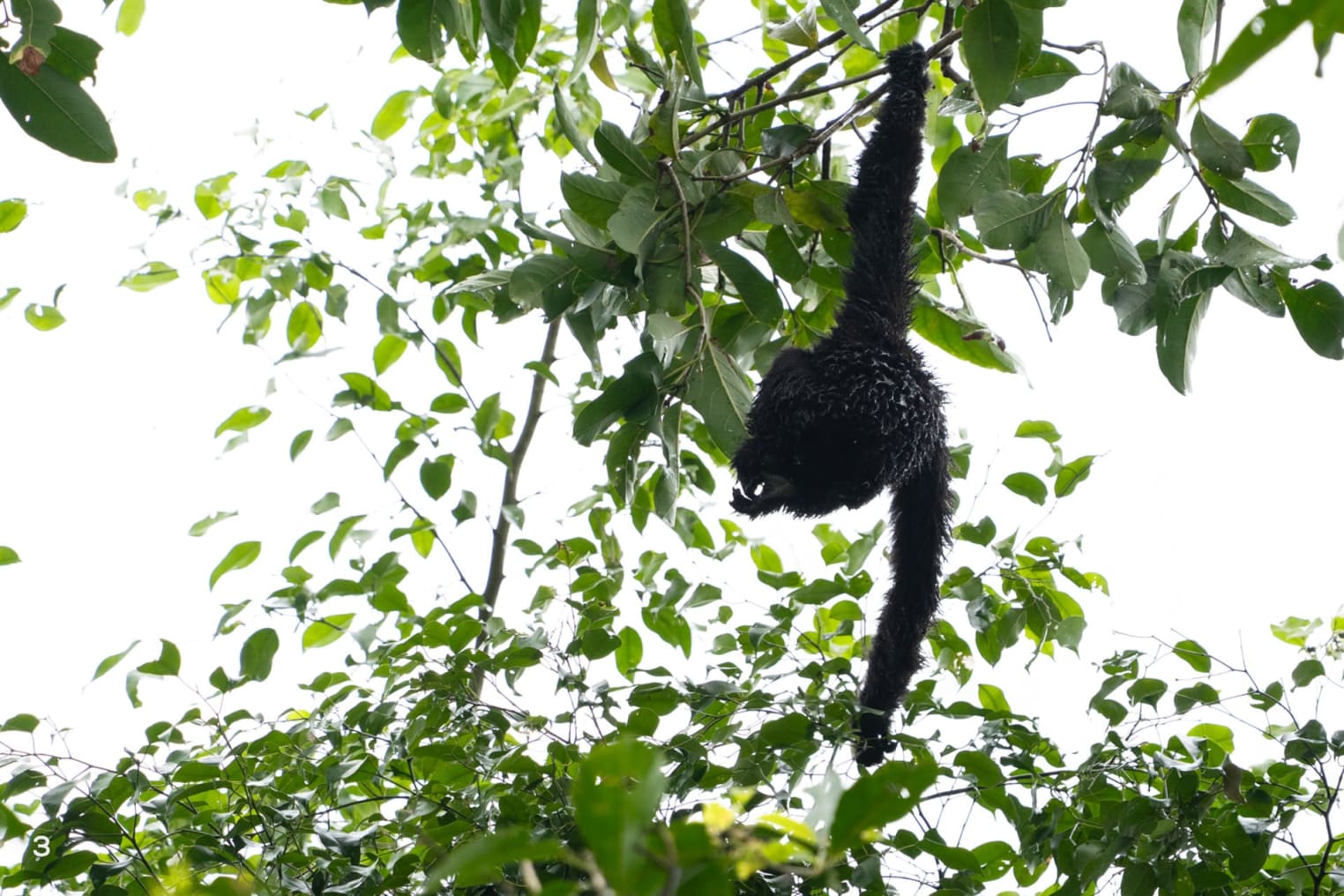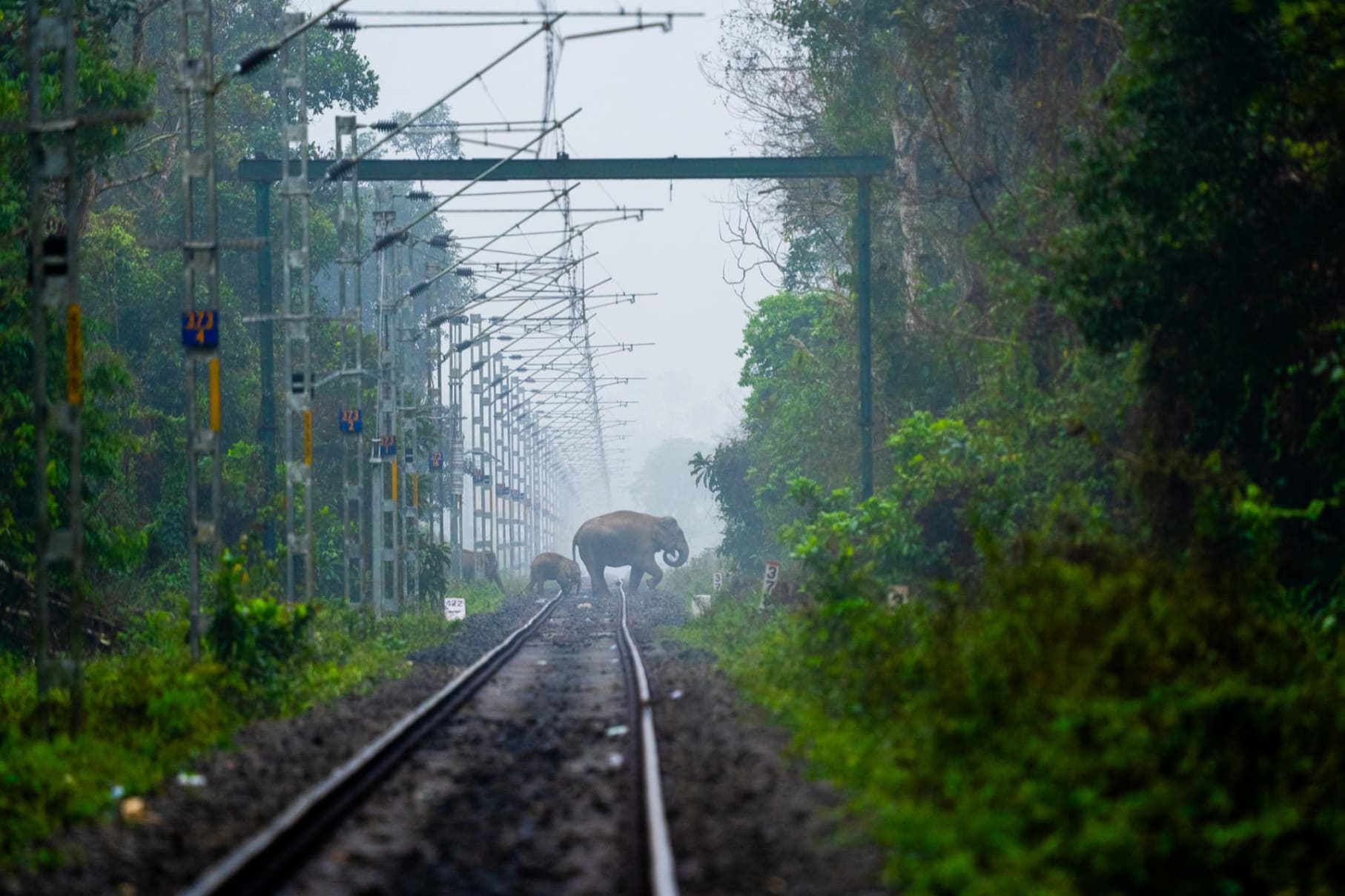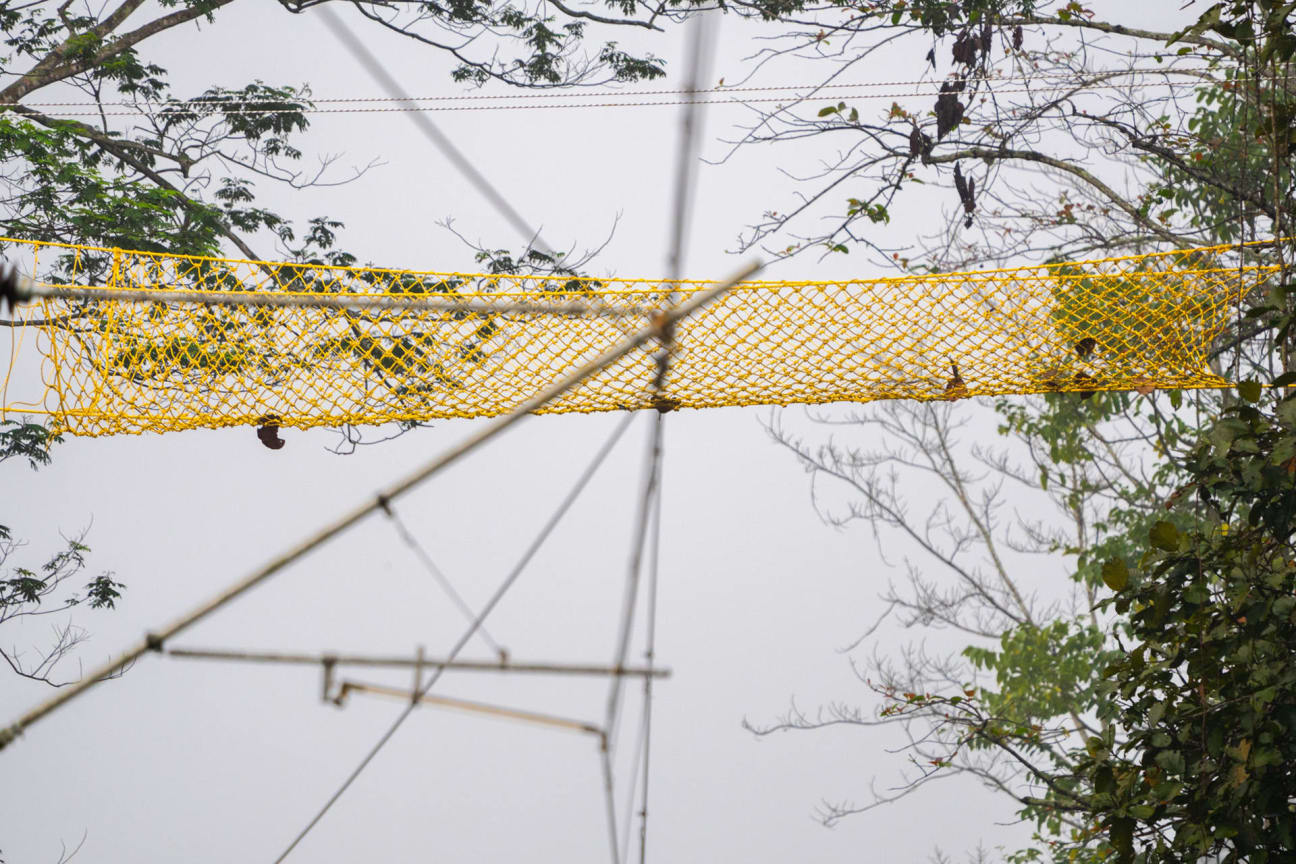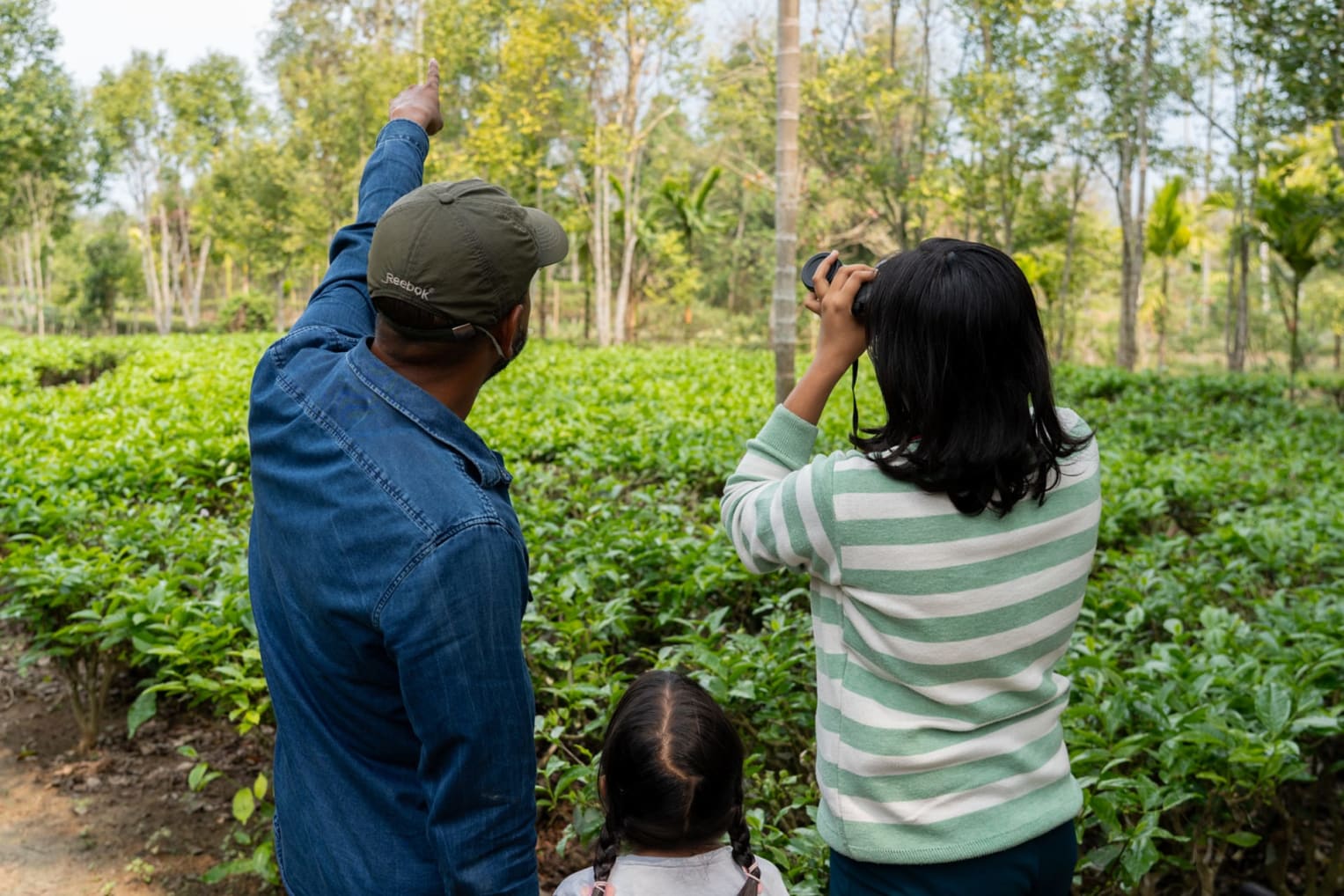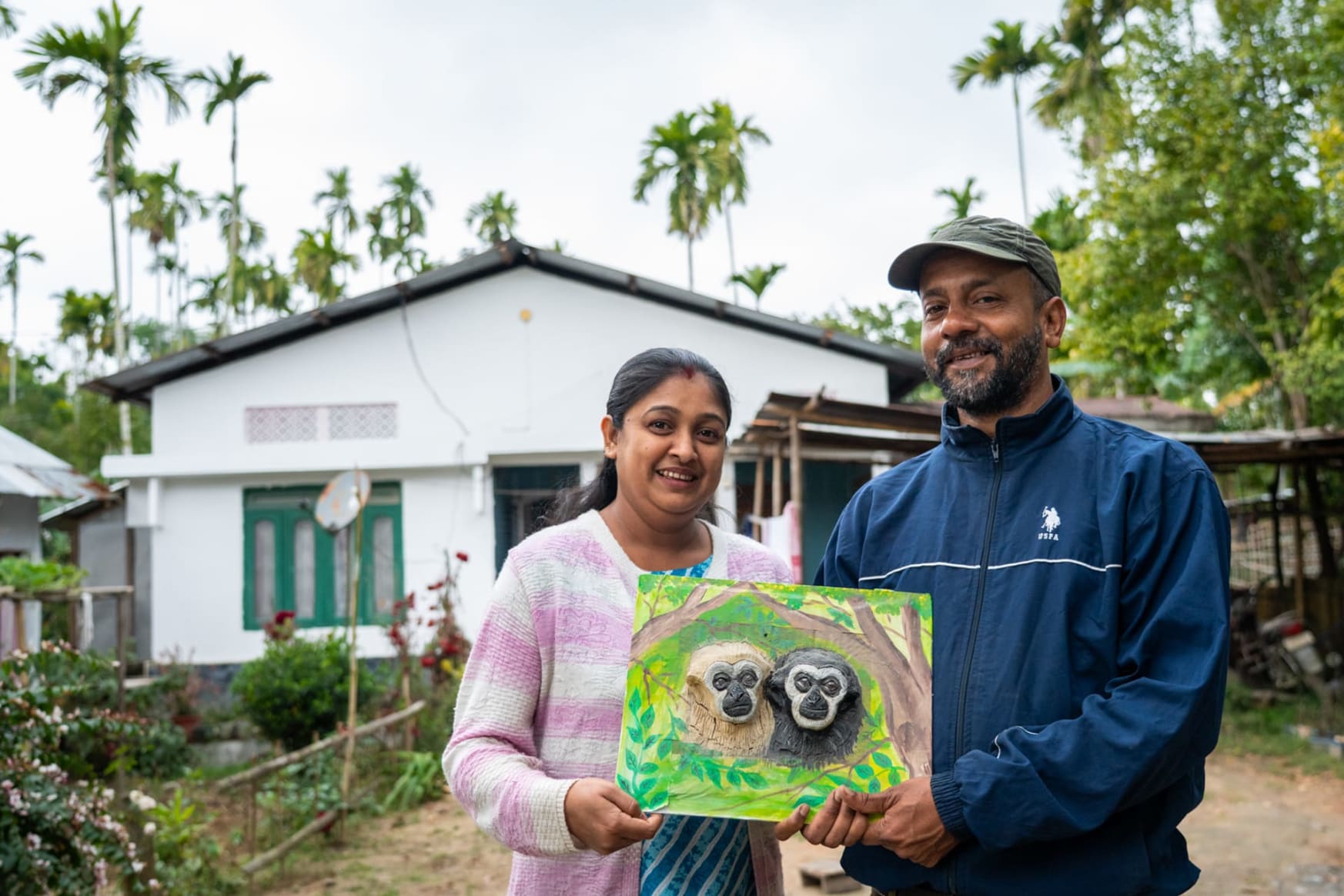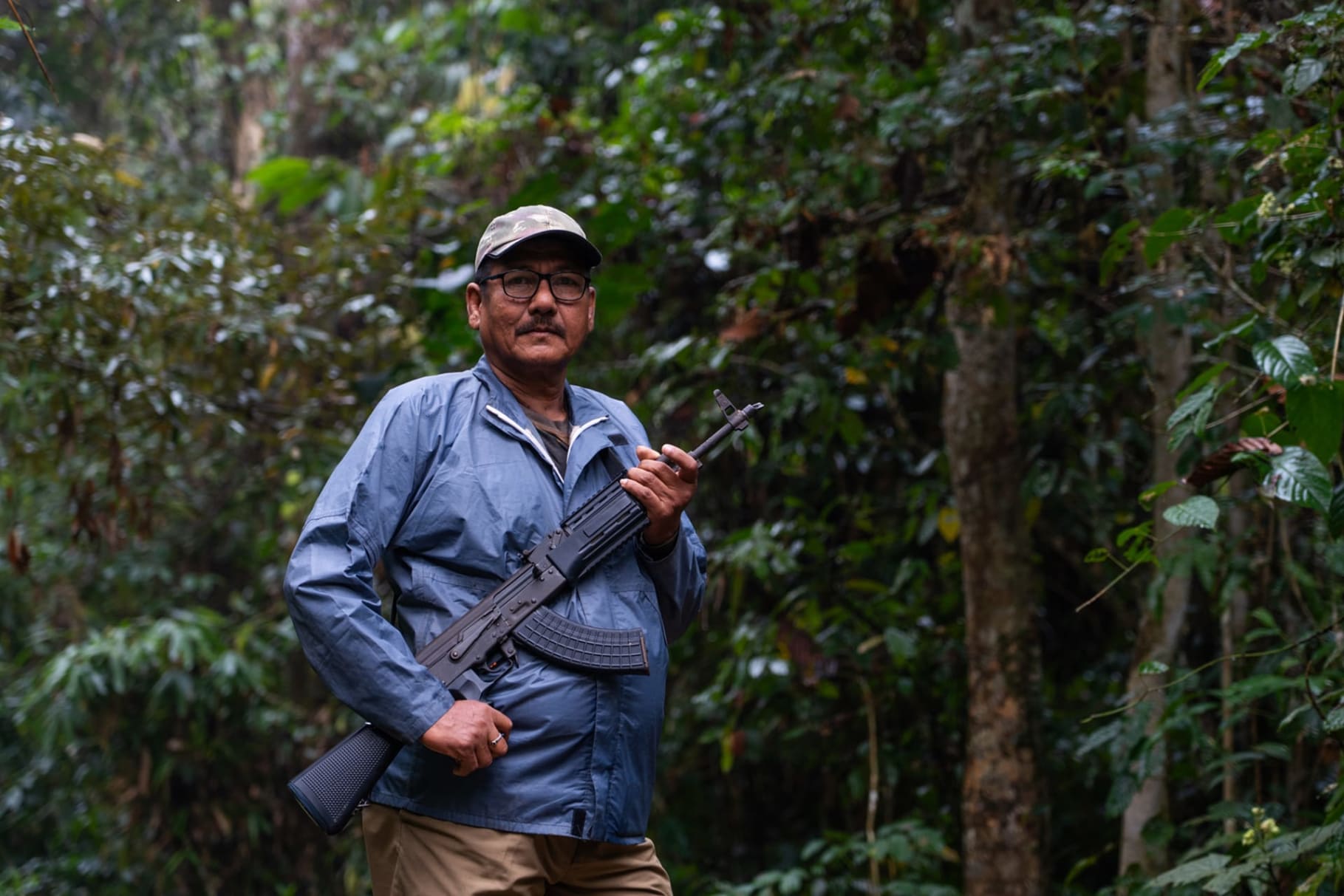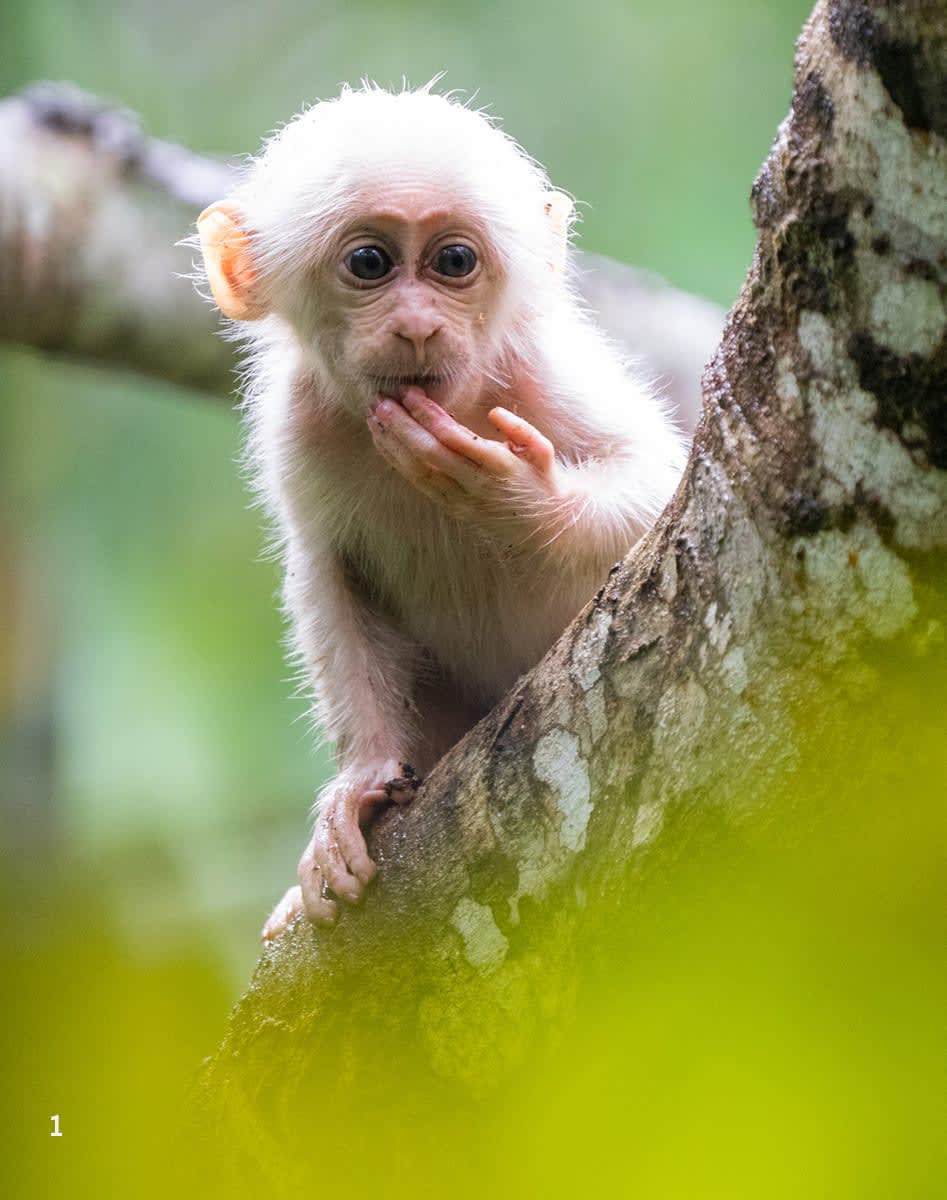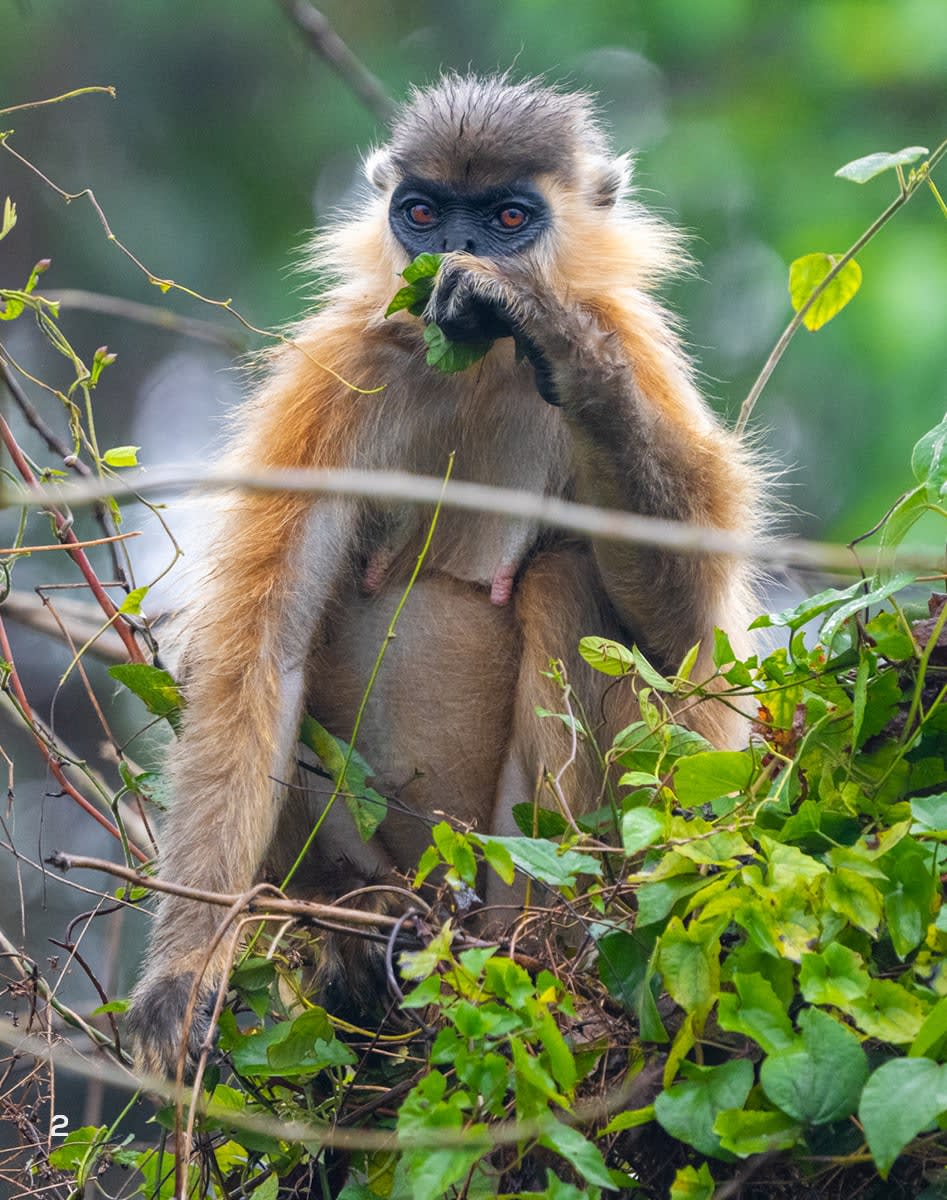 Listen to this article
•
15:34 min
Listen to this article
•
15:34 min
As a child growing up in Assam, I imagined Hollongapar Gibbon Wildlife Sanctuary as something out of a fable — a realm of dense jungles, endless green walls, and canopies so thick that sunlight barely trickled through. I pictured ginormous trees rising skyward, bird calls filling the air, worms lurking in the wet undergrowth, and a multitude of insects. It was the kind of forest you’d read about in a Tolkien novel, where you half expect tiny tree people to be living within the branches.
When I finally walked into Hollongapar as a teenager, I discovered that my imagination was not entirely wrong. The canopy above was almost impenetrable, eating up the sunlight hitting it. Towering hollong trees (Dipterocarpaceae) stood tall, some reaching heights of 150 feet. These were the giants of the forest that Hollongapar was named after. Life pulsed in every corner: restless insects, endless birdsong, and countless leeches. Amidst this, the shape of human-like primates shifted through the green, high up in the canopy.
With no continuous forest corridors connecting it to a larger forest, Hollongapar is an evergreen forest island, amidst growing farmlands, tea plantations, and human habitation. It is home to India’s only non-human ape, the western hoolock gibbon (hoolock hoolock). The refuge, in the Jorhat district of Assam, is small at just 21-sq-km and was formed to conserve the gibbon’s habitat. The sanctuary also harbours other primates such as the stump-tailed, pig-tailed, rhesus, and Assamese macaques, and the elusive Bengal slow loris.
In its many layers, life blooms in various forms. And yet, this tiny forest is dwindling. Hollongapar carries wounds that are uniquely its own. The oldest scar is a British-era railway line, which cuts through the forest. Each passing train is a hazard for elephants, primates, and other creatures who lose their lives here far too often.
Now, a new threat looms, far more sinister: the government’s approval for oil and gas drilling. To bore into this fragile green environment is to destroy its balance entirely. To lose this sanctuary is not only to lose a forest, but to silence animal voices that have echoed here for aeons.
The Canopy and its Residents
(1) The canopy of an evergreen forest is a world in itself, almost like a living ceiling where sunlight is filtered in slivers, where branches weave into bridges, and countless lives unravel without ever touching the earth. (2&3) The western hoolock gibbon’s entire existence is tied to the treetops. Gibbons swing effortlessly from branch to branch, their haunting calls echoing across Hollongapar. Alongside them, (4) stump-tailed macaques (Macaca arctoides) and northern pig-tailed macaques (Macaca leonina) occupy overlapping ranges, feeding on fruits, leaves, and insects. In Hollongapar, the forest and its many trees become the architecture of life, a layered and evolving landscape holding the forest together.
Scars of Fragmentation
For species that never touch the forest floor, continuity is survival. The canopy must remain whole, each tree connected to the next. More than a century ago, the British laid a railway line that fragmented this green kingdom.
The tracks are still active, and trains thunder through the reserve every day. With every crossing, the forest is divided again — gibbons stranded, elephants blocked, creatures forced into a dangerous gamble. Unnecessary death is commonplace when elephants are struck by a train or primates electrocuted on wires. What was once a single, breathing ecosystem became two halves, and then an island. Hollongapar shrinks not only in size, but in connection.
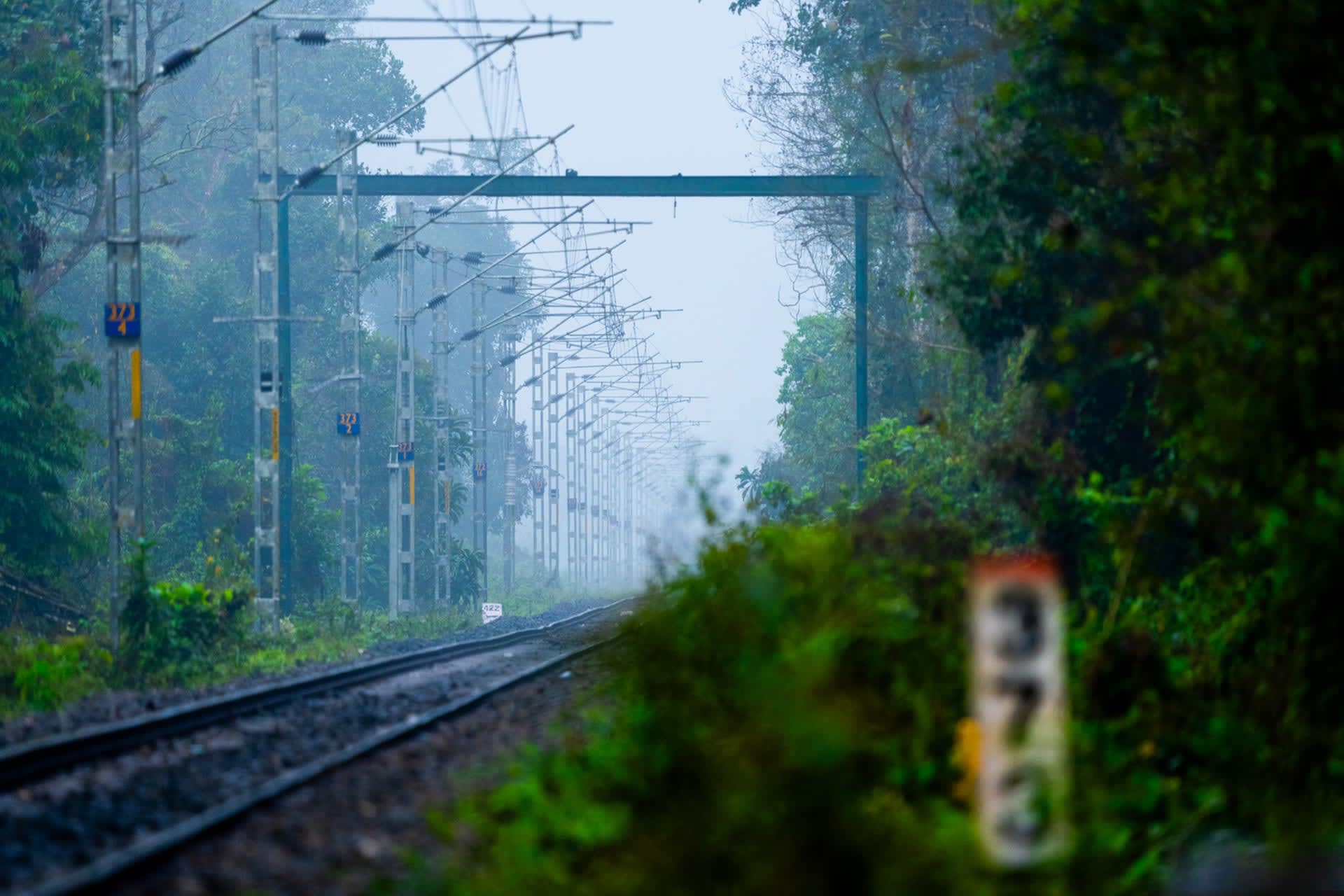
Now there are fresh attempts, canopy bridges made of rope, wood, and vines, so they feel more natural. Although primates like the capped langur (Trachypithecus pileatus) are reported to have crossed these bridges, the hope is that someday all the arboreals of Hollongapar will use them.

A New Threat: Oil and Gas
Earlier this year, exploratory oil and gas drilling was approved in the Eco-Sensitive Zone (ESZ) of Hollongapar Gibbon Sanctuary. A Down to Earth report states that the project site, located 13 km from the sanctuary, falls well within its Eco Sensitive Zone, which extends to ~265 sq km to ensure connectivity with adjoining forests in Assam and Nagaland. Yet approvals were granted in the name of development.
As this delicate forest reels under the pressures of human expansion all around, this decision can prove catastrophic. Heavy machinery will need roads, and drilling pads will require space that is currently occupied by trees. The noise will disrupt the forest, and potential chemical and oil leaks can poison all life in the area. For the people of the region, this feels like a betrayal, a fresh blow to an already crippled ecological habitat. Hollongapar’s survival will depend not just on the trees but also on the protests of the people of the area against the exploitation of this land.
Hope and Soft Resistance
In and around Hollongapar, resistance takes a quiet but defiant form, in the shape of its people. The people who live around Hollongapar are trying to tie their livelihood to the well-being of the forest through programmes that teach children and adults about the value of their surroundings. A handful of voices rise against the railway extension, the electrification, and the drilling. Their fight is fragile, but it keeps the forest alive in memory and in action.
My first interaction with Bablu da was over a Zubeen Garg song, where he expressed his admiration for the musician. Little did I know then that Pinak is also the leading voice of reason and resistance in the village. His homestay, the Gibbon Eco Camp in the Mariani area near the sanctuary, has hosted many wildlife lovers and researchers, some staying for months. It’s a classroom for the youth of Hollongapar, including his daughters. Pinak is not a scientist or an activist; he is just a plantation owner with a strong instinct for conservation.
Pinak has cleared 25 per cent of his plantation to grow native fruiting trees. “I am growing fruits for forest’s creatures, and in case any primate wants to camp in my backyard for a few nights, I am growing some tall trees, like gomari (Gmelina arborea) and mahogany”, he says to me excitedly. In a painting competition that was organised for children, a local woman embroidered gibbons into a gamosa (scarf), weaving conservation into culture. But Pinak and his family’s flagship awareness programme is the Primate Meet, which started in 2023 and has expanded from the village to the city of Jorhat as a two-day programme.
Sentinels of Hollongapar
Alongside these quiet acts of resistance, there are the formal guardians of this green oasis. The men in uniforms, armed and vigilant, selfless in their love for Hollongapar, who walk the forest trails every day. Their vigilance and efforts are relevant in a landscape where awareness alone cannot hold back intrusion. They are the first line of defence against loggers and poachers and have the most intimate relationship with the forest, standing guard at its doors every day. Their jobs are not romantic; they require grit, determination, and will to save this island forest.
The survival of Hollongapar depends on an unlikely yet essential alliance of strong locals and the will of the administration. Alone, neither can shield this green island from oil rigs piercing its soil, nor stop railway lines from widening and electrocuting this bleeding world. Yet together it is possible to imagine a forest of the fables, still breathing and thriving. I think back to my first childhood vision of this place with towering hollong trees, the ground stirring with life. It’s a canopy alive with voices of primates such as the (1) stump-tailed macaque and (2) capped langur. That truth remains: this forest is raw, relentless, miraculous. Hope still lives here in the songs of the gibbons, in the hollong trees that hold up the sky, and in the people who refuse to surrender. Hollongapar endures, waiting for us to choose protection over loss and nature over machines.




